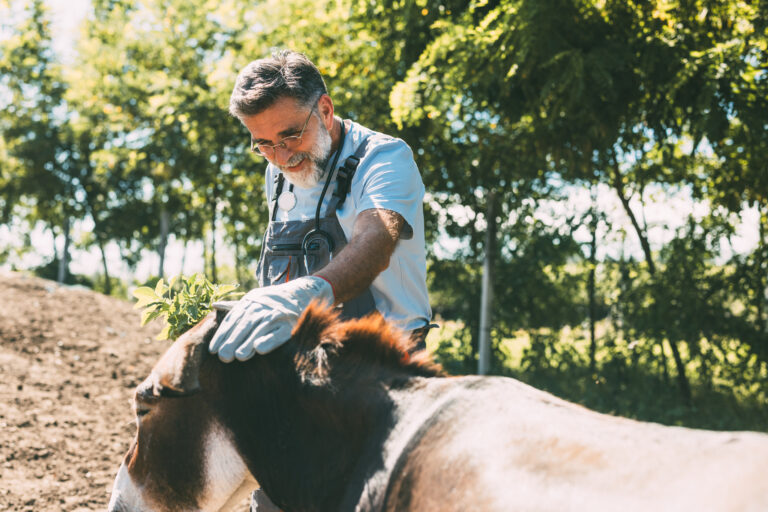
The equine influenza (EI) vaccine supply is returning to normal following a significant shortage. At the same time, the UK is seeing an increase in EI activity. Now, epidemiology experts are advising that there is sound scientific evidence for why bi-annual flu booster schedules should be promptly re-implemented. The Equine Veterinary Journal (EVJ) has published a special early view article reviewing the science behind the enhanced schedules. In particular, the article reviews the replacement of annual boosters with a mandatory bi-annual vaccination program.
About Equine Influenza
EI is a highly contagious respiratory disease which remains endemic in the horse populations across numerous countries. Infection appears as rapid spread and significant morbidity in the immunologically naive. Most competitive equestrian disciplines introduced mandatory EI vaccination in the 1980s. Since then, the scale and number of outbreaks have in most years been relatively small. However, disease events such as those experienced in the UK in 1989, 2003 and most recently in 2019 have demonstrated EI’s epidemic potential. There is epidemic potential even in vaccinated horse populations.
In their article Equine influenza bi-annual boosters: what does the evidence tell us? Victoria Colgate and Richard Newton build on the work recently published by Fleur Whitlock and colleagues in An epidemiological overview of the equine influenza epidemic in Great Britain during 2019. They discuss what researchers have learned from previous outbreaks. Then, they explain the evidence from mathematical models to show why bi-annual boosters are beneficial.
Epidemiological data from previous natural EI outbreaks have repeatedly demonstrated the impermanent nature of the protection provided by vaccination. Observational field studies repeatedly highlight the potential for 12 monthly boosters to leave a vulnerable immunity gap at both the individual animal and population level. Mathematical models of EI transmission confirm that six-monthly rather than annual EI booster vaccinations are preferable. This establishes and maintains effective population level immunity to EI.
Necessity of Bi-Annual Flu Boosters
Ideally, vaccine strains should be updated in a timely manner to ensure inclusion of the most epidemiologically-relevant strains. However, this is a slow and expensive process for equine vaccine manufacturers. In the absence of updated vaccine strains, epidemiologists strongly recommend bi-annual vaccination to help compensate for antigenic drift between vaccine and circulating EI viral strains.
“The equine industry must surely remain resolute and guided by scientific principles,” said the authors. “The clear evidence from experimental, epidemiological and mathematical modelling studies shows why we must encourage clients to revert to a schedule of bi-annual boosters.”
“We must also remind horse owners that animals already on six-monthly vaccination regimes were best positioned for the vaccine shortage with a built-in tolerance in their vaccination schedule. Their levels of immunological protection would not be expected to decline to susceptible levels, even with a slight delay before being re-vaccinated.”
“Although the recent EI vaccine shortage has necessitated a temporary relaxation of competition vaccine schedules, we must now renew the message that six-monthly boosters are optimal and necessary,” said Professor Celia Marr, Editor of the EVJ.
The Editorial is available at https://beva.onlinelibrary.wiley.com/doi/10.1111/evj.13898 and is free to view.




